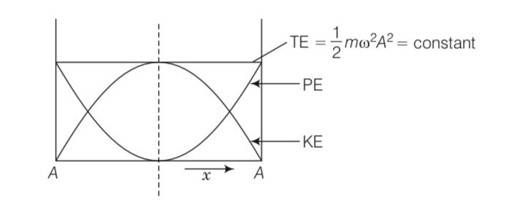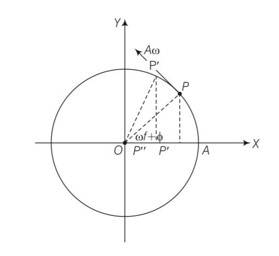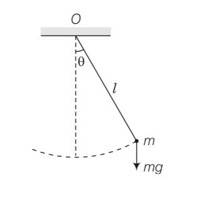Class 11th
Get insights from 8k questions on Class 11th, answered by students, alumni, and experts. You may also ask and answer any question you like about Class 11th
Follow Ask QuestionQuestions
Discussions
Active Users
Followers
New answer posted
5 months agoContributor-Level 10
According to the de Broglie equation, the particles like electrons have wave-like properties. The quantum mechanical model foundation is laid by this concept and it also explains the stability of electron orbits using wave behavior.
New answer posted
5 months agoContributor-Level 10
The hydrogen atom can be accurately explained by Bohr's model. However, it does not account for shielding effects, electron-electron interactions, and the wave nature of electrons for multi-electron atoms.
New answer posted
5 months agoContributor-Level 10
Quantum numbers describe the unique position and energy of an electron in an atom. These are a set of four numbers and are important for predicting chemical behavior and understanding the distribution of electrons in orbitals.
New answer posted
5 months agoContributor-Level 10
This is a multiple choice answer as classified in NCERT Exemplar
Time period of simple pendulum T=2s
For simple pendulum T= where l is length and g = acceleration due to gravity.
Te=2
On the surface of the moon Tm= 2
=
Te=Tm to maintain the second's pendulum time period
1= …………….1
But the acceleration due to gravity at moon is 1/6 of the acceleration due to gravity at earth,
gm=
squaring equation 1 and putting this value
1=
lm=1/6le = 1/6 m
New answer posted
5 months agoContributor-Level 10
This is a multiple choice answer as classified in NCERT Exemplar
Potential energy of a simple harmonic oscillator is = ½ kx2=1/2mw2x2
K=mw2
When x=0 PE=0
When x= , PE=maximum
=1/2 mw2A2
KE of a simple harmonic oscillator =1/2 mv2
= 1/2 m [w ] 2
= ½ mw2 (A2-x2)
This is also parabola if plot KE against displacement x
KE= 0 at x=
KE=1/2mw2A2 at x=0
Now total energy of the simple harmonic oscillator =PE+KE
= ½ mw2x2+1/2mw2 (A2-x2)
TE= ½ mw2A2
So the curve according to that is

New answer posted
5 months agoContributor-Level 10
This is a multiple choice answer as classified in NCERT Exemplar
As we know x= acoswt
V =dx/dt= a (-sinwt)w=-wasinwt
V=-wasinwt
= wacos ( )
Phase of velocity =
So difference in phse of velocity to that of phase of displacement = =
New answer posted
5 months agoContributor-Level 10
This is a multiple choice answer as classified in NCERT Exemplar
As the particle on reference circle moves in anticlockwise direction. The projection will move from P to O towards left.

Hence in the position shown the velocity is directed from P' to P'' i.e from right to left . hence sign is negative.
New answer posted
5 months agoWhat is the ratio between the distance travelled by the oscillator in one time period and amplitude?
Contributor-Level 10
This is a multiple choice answer as classified in NCERT Exemplar
In the diagram

the motion of a particle executing SHM between A and B
Total distance travelled while it goes from A to B and returns to A is=AO+OB+BO+OA
= A+A+A+A=4A
So ratio of distance and amplitude =4A/A=4
New answer posted
5 months agoContributor-Level 10
This is a multiple choice answer as classified in NCERT Exemplar
As we know equation of SHM is x= Asinwt
V= dx/dt=Awsinwt
Vmax=Awcoswtmax
= Aw
A=dv/dt=-wAwsinwt
= -w2Asinwt
Amax=-w2A
From above equations
=wA/w2A=1/w
New answer posted
5 months agoContributor-Level 10
This is a multiple choice answer as classified in NCERT Exemplar
The bob is displaced through some angle

The restoring force if is small then it is only.
So torque is directly proportional to angle.
So it clear from the above equation that its period will be harmonic
Taking an Exam? Selecting a College?
Get authentic answers from experts, students and alumni that you won't find anywhere else
Sign Up on ShikshaOn Shiksha, get access to
- 65k Colleges
- 1.2k Exams
- 679k Reviews
- 1800k Answers

